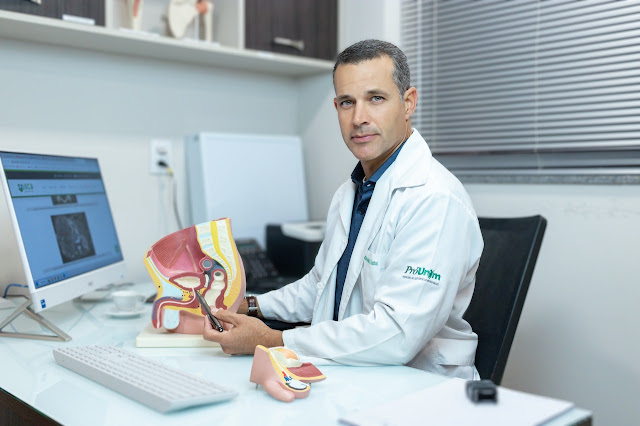What is simulation-based learning?
In the field of medicine, it is essential for students to learn through hands-on experience. One way this is done is through the use of simulations, which can take the place of natural bodies in medical classes. There are many benefits to using simulations in medical education, including the ability to provide a controlled environment, allow for repeated practice, and create realistic scenarios. However, there are also some drawbacks to using simulations, such as the potential for lower-quality education and the high cost of certain types of simulations. Overall, simulations can be a helpful tool in medical education, but it is important to consider both the benefits and the drawbacks when deciding whether or not to use them.
Simulations have been used in medical education for many years. One of the earliest examples is the use of mannequins for CPR training. This type of simulation allows students to practice their skills on a realistic-looking model without putting a real person in danger. Over time, simulations have become more and more advanced, and now there are a variety of different types that can be used for different purposes.
Types of Medical Simulation
Medical simulation is a growing field that offers many benefits to both patients and practitioners. However, there are many different types of medical simulation, each with its own advantages and disadvantages. In this article, we will explore some of the most popular types of medical simulation and discuss their pros and cons.
One of the most popular types of medical simulation is computer-aided design (CAD) simulations. These simulations allow practitioners to see how a procedure will be performed on a patient before it is actually performed. This can be particularly helpful for procedures that are new or that have a high risk of complications. CAD simulations can also be used to train new practitioners or to refresh the skills of experienced practitioners.
Another popular type of medical simulation is virtual reality (VR) simulations. These simulations immerse the practitioner in a realistic, three-dimensional environment. VR simulations can be used to train practitioners in a safe and realistic environment. VR simulations can also be used to facilitate communication between practitioners and patients.
A third type of medical simulation is mannequin-based simulation. Mannequin-based simulations use realistic mannequins to provide a realistic training experience. Mannequin-based simulations can be used to train practitioners in a wide range of procedures, including emergency procedures. Mannequin-based simulations are also often used in research to study human factors in medical care.
each type of medical simulation has its own advantages and disadvantages. CAD simulations offer a high level of accuracy but can be expensive. VR simulations provide a realistic environment but can be less accurate. Mannequin-based simulations are realistic but may not be as widely available.
Benefits of simulation-based learning
One of the main benefits of simulations is that they provide a controlled environment. This is especially beneficial when students are learning procedures that could be dangerous if done on a real person. For example, simulations can be used to teach students how to place a catheter or give a intramuscular injection. These procedures are generally safe when done by a trained medical professional, but there is a small risk of complications if they are done incorrectly. By using a simulation, students can learn how to do these procedures without putting any patients at risk.

